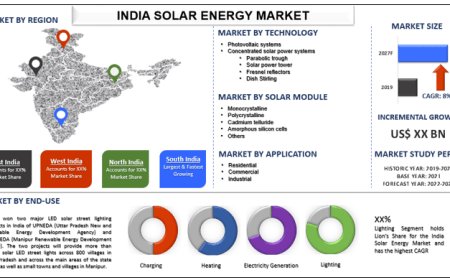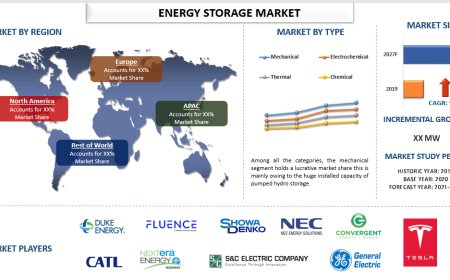Teaching Machines to Talk: The Science Behind Large Language Model Development
This article explores the end-to-end process of Large Language Model (LLM) development—from collecting and processing massive text datasets to training transformer-based architectures and aligning model behavior with human intent.
Introduction

What does it take to teach a machine to speak like a human? Not just parrot words, but generate thoughtful responses, follow instructions, answer questions, and even crack a joke? The answer lies inLarge Language Models (LLMs)AI systems trained to understand and generate human language at scale.
LLMs are now central to how we interact with modern AI. Whether youre asking ChatGPT for travel advice, using GitHub Copilot to write code, or reading AI-generated summaries in your inbox, youre relying on a machine thats been taught to talk.
But how exactly do we build these models? This article takes you behind the curtain of LLM developmentfrom the initial data gathering all the way to training, tuning, and real-world deployment.
1. The Problem LLMs Solve
At their core, LLMs are sequence predictors. Given a string of words, they try to guess what comes next. But through massive scale and clever architecture, this simple task becomes a gateway to intelligence.
LLMs learn:
-
Grammar and syntax
-
Facts and knowledge
-
Styles, tones, and voices
-
Reasoning patterns and analogies
They do this without rules or explicit instructionsjust by being exposed to vast quantities of human text.
2. Language as Data: The Raw Material
LLM development starts with collecting the textual history of humanitybooks, websites, code, scientific papers, social media threads, and more.
The process includes:
-
Scraping open internet sources
-
Filtering harmful or low-quality content
-
Deduplicating repetitive data
-
Tokenizing text into chunks the model can process (e.g., subwords or characters)
Tokenization transforms language into sequences of numbers. This becomes the input the model uses to learn language patterns.
3. The Learning Engine: Transformer Models
The model architecture used in almost all LLMs today is the transformer. It enables the model to focus on different parts of a sentence at once through a mechanism called self-attention.
For example, in the sentence She poured water into the glass because it was thirsty, the model must understand what it refers to. Self-attention helps it capture that kind of nuance.
Key features of transformer models:
-
Multi-head attention
-
Layer normalization
-
Positional encoding
-
Feed-forward networks
Stacking these components into deep layers enables the model to develop an increasingly sophisticated understanding of language.
4. Training: From Randomness to Reason
Training an LLM means feeding it billions of sequences and having it predict the next token, adjusting its parameters each time based on how close it got.
This is done via:
-
Forward pass: The model makes a prediction.
-
Loss computation: A score is calculated based on accuracy.
-
Backward pass: Gradients are computed.
-
Parameter update: Weights are tweaked to reduce future errors.
Repeat this cycle trillions of times, and you get a model that starts writing coherent paragraphs, generating code, solving riddles, and answering questions.
Training is done on massive clusters of GPUs or TPUs using specialized frameworks like PyTorch, DeepSpeed, or JAX.
5. Alignment: Making the Model Helpful (and Safe)
A trained LLM is powerful, but raw. It might generate offensive content, refuse to follow instructions, or hallucinate facts. Thats where alignment comes in.
Alignment techniques include:
-
Supervised fine-tuning: Show the model how to respond to tasks using curated data
-
RLHF (Reinforcement Learning with Human Feedback): Use human ratings to guide the models preferences
-
Safety filters: Remove or block dangerous or inappropriate outputs
Alignment turns a general-purpose text generator into a safe, focused, helpful assistant.
6. Evaluation: How Good Is Your Model?
You cant improve what you dont measure. LLM developers use a combination of metrics and human evaluation to assess performance.
Metrics include:
-
Perplexity: Measures how well the model predicts tokens
-
Benchmark scores: Tasks like question answering, summarization, and math
-
Bias and fairness tests: Evaluate behavior across sensitive topics
-
Hallucination tests: Check whether the model makes up facts
Human reviewers are often used to validate tone, relevance, and helpfulness in real-world interactions.
7. Deployment: Turning a Model into a Product
Once trained and aligned, an LLM can be deployed in various ways:
-
Chat interfaces: e.g., ChatGPT, Claude, Gemini
-
APIs for developers: Used to build apps and plugins
-
Embedded AI: In tools like Google Docs, Notion, or coding IDEs
Real-world deployment requires:
-
Latency optimization for fast responses
-
Scaling infrastructure to handle user load
-
Monitoring tools for detecting misuse or performance drops
-
Feedback systems to improve the model over time
LLMs can be deployed in the cloud, on private servers, or increasinglyon edge devices using model compression techniques.
8. Whats Next: The Future of LLM Development
The field of LLMs is evolving quickly. Were seeing:
-
Multimodal models that process text, images, and audio together
-
Smaller, cheaper models that rival big ones with fewer parameters
-
Agentic systems that plan, reason, and take action
-
Open-source models that make AI development more accessible
In the future, well likely see LLMs with long-term memory, personalized behavior, and deeper understanding of human goalsnot just words.
Conclusion
Teaching a machine to talk is one of the most ambitious and profound challenges in computer science. It requires vast data, immense computation, smart architecture, and constant refinement. But the resultsmachines that can write, reason, and converseare transforming everything from education to enterprise software.
Understanding the process behind LLM development helps us see AI not as magic, but as a human-engineered systemcomplex, imperfect, but full of potential.







































